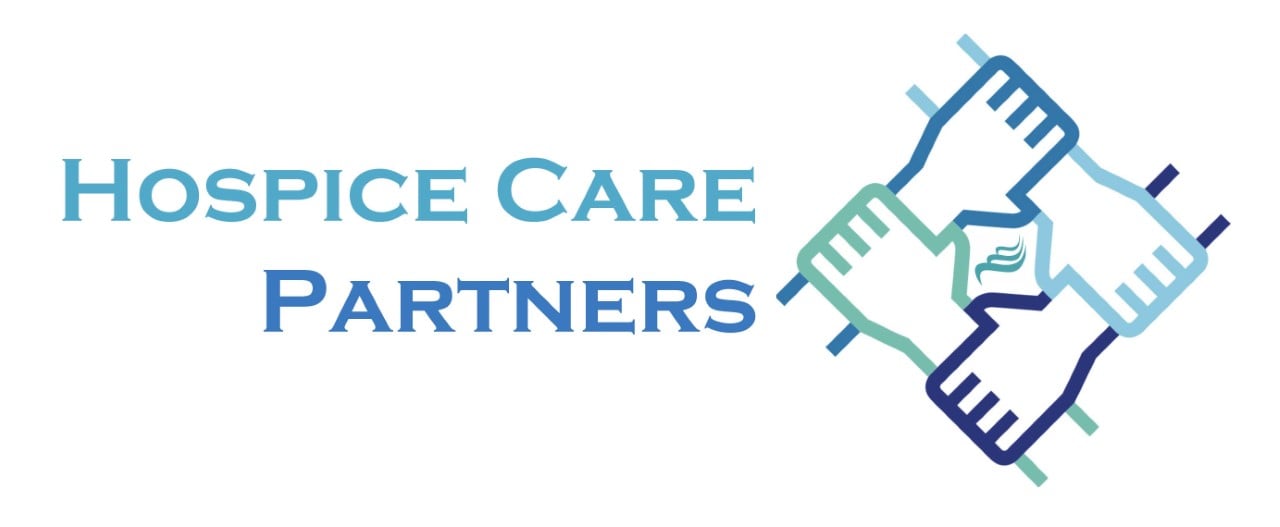Before working in hospice, I spent nearly 20 years in the health & fitness industry. Many years were dedicated to recruiting, hiring, onboarding, and developing field-level and multi-unit management staff. Although you might not think it, the parallels between the two industries are staggering as healthcare, and health & fitness operators struggle to find and keep high-quality staff.
- FACT: It's harder than it ever has been to attract, activate, and retain top (and even sub-par) talent.; people want to earn more, work less, and have greater flexibility/autonomy. Period.
- FACT: In the aftermath of COVID-19, long-term care and skilled nursing facilities have become overwhelmingly dependent on nurse staffing agencies (who routinely price gouge them) and are less apt to invest in recruiting and retaining permanent staff.
- FACT: "Gotcha culture" within healthcare institutions is rampant and highly toxic. Internal politics and interpersonal conflicts can disproportionately influence many long-term care communities' hiring, compensation, and performance management practices. This further accelerates staff turnover and greatly diminishes long-term stability in staffing and the quality of patient care.
In the aftermath of COVID-19, the challenges faced by hiring managers across both industries are quite similar. Long-term care and skilled nursing facilities have become overwhelmingly dependent on nurse staffing agencies. Consequently, many facilities now face a perpetual staffing crisis and are less apt to invest in full-time recruiting and developing programs focused on retaining permanent staff.
The trickle-down effect of this pervasive practice in healthcare is potentially catastrophic as more employment-ready nurses and clinical support staff become disinterested in full-time facility-based employment as a viable long-term option. That leaves facilities and their administrators holding the proverbial bag. How will they be able to drive facility revenues and sustain profitability in the face of unprecedented labor and service delivery costs?
Here are a few strategies that appear to be working for our most successful partners.
- Establish (or Re-establish) Communication as a Core Value
It's very common for individuals and even entire teams to lose sight of common and critical organizational goals during times of high turnover and uncertainty. That's why the BEST organizations double-down on communication and transparency to minimize confusion and maximize understanding of WHAT needs to be accomplished, by WHOM, by WHEN, and WHY. Being overtly intentional about communicating position/duty changes, new additions to the team, and the voluntary or involuntary departure of existing team members, and critical daily, weekly, and monthly milestones will keep your staff "on the same page" and increase individual engagement and collaboration across functional teams. Where to start? Send a daily "Now, New, Next" text message or email out to your entire team. In the communication, briefly remind the team about what's "now" (i.e. what's most important or urgent that they should be aware of today), what's "new" (i.e. anything that's changed since yesterday... like staffing... or action that's been taken to address a known problem), and what's "next" (i.e. a shared goal that everyone is working towards that is in the future... like a special event or a major milestone). This "daily digest" is a great way to boost engagement, increase buy-in, and keep everyone on the team informed and aligned! - Always Be Recruiting
"If you stay ready, you don't have to get ready." So simple yet so true. One of the best and most overlooked recruitment best practices is to always be recruiting. Just like marketers actively solicit new patients/residents during times of high occupancy, leaders should be regularly interviewing and screening new applicants to join their team. The process of regular applicant screening helps hiring managers refine their recruitment skills and become more adept at identifying top talent. Where to start? Talent Tuesday/Thursday. Block out an hour and half each week to screen applicants and conduct phone interviews each week. I.e., on Tuesday, spend 30 minutes reviewing any new applicant resumes and inviting applicants to do phone screen with you on Thursday. On Thursday, set aside an hour (four consecutive 15-minute blocks) to do quick phone screens with your top applicants. If you do not have applicants that week or candidates you'd like to do phone screens with, repurpose the time to do mentoring and professional development with your team... or better, for yourself! The key is to commit to staff development work each week and preempt a future staffing crisis. - Use the Right Person/Right Position Model for Hiring
In the haze that often accompanies a staffing crisis, it is easy to overlook whether or not the applicant you are considering is truly the "right person" for the position based on where your organization is "right now." Said differently, it's important to verify that a new hire is a compatible cultural fit for where your organization is at the time that they will become an employee. For each position you are hiring for, you have to identify and intentionally interview for the required (i.e. minimal) primary behavioral characteristics needed to be successful in the position. A lot of applicants will have the credentials you need to "fill the position," but few will have the character you need to round out end elevate your team. That's why it's important that hiring managers tasked to stop the revolving door assess individual character as critically as they do clinical competency. Where to start? Identify three characteristics that are (or should be) behavioral requirements for a new addition to your team. Get feedback from your employees, peers, and executive leaders on whether or not they agree or disagree with the primary behavioral characteristics you have identified. Be willing to revise and refine them as you gain insight and perspective from others. Depending on where your organization's culture is "at the moment," understand that you might need to start with things like operates well with ambiguity or is resilient in the face of adversity... and that's ok! Once identified, put these characteristics front and center in your pre-screening process. You will be amazed as what you will learn with this new focus. You will also be amazed at how this style of interviewing will resonate with the "right people."



.png?width=352&name=Untitled%20design%20(2).png)
